Boldenone Propionate
$105.00 – $1,050.00
Boldenone Propionate ,Anabolic-androgenic steroids (AAS) are synthetically produced versions of the naturally occurring male sex hormone testosterone. The term “anabolic” refers to muscle-building whilst “androgenic” refers to increased male sexual characteristics; “steroids” refer to the class of drug. Medically, they are prescribed to treat various conditions related to muscle wastage or for hormone replacement therapy (HRT). Male hormones such as testosterone and its metabolite di-hydrotestosterone are responsible for the developmental changes that occur within the male body through adolescence such as increased body mass, facial and body hair, oily skin, acne and mood swings. Whether AAS are injected or taken orally they work by mimicking testosterone. When they enter the blood stream they attach to specific receptors (a bit like a lock and key) at cell level. This allows them to enter the nucleus of the cell, which in turn helps the cell to create and retain more protein. This process is called protein synthesis. It is this construction of new proteins that is associated with increased muscle size and strength. Steroids can also support muscle growth by other means i.e. increasing levels of free androgens, increasing human growth hormone production and insulin-like growth factor. They may also stop the body entering a catabolic state where muscle would be broken down and size diminishes. The use of anabolic steroids and associated drugs (such as human growth hormone) has been associated with diverse adverse effects on both physical and psychological health, including, on rare occasions’ fatalities. However, this issue remains poorly researched, with evidence predominantly being drawn from case studies/reports and self-reported effects from the users themselves. Many of the adverse effects to anabolic steroids may be classed as dose dependent, with higher dosages being more likely to result in both short and long term adverse effects. The length of time the drugs are used for can also influence the likelihood of adverse effects, with longer regimes possibly more likely to produce side-effects. Another key factor in relation to the adverse effects of anabolic steroid use is the underlying health of the drug user. Specific individuals will have a much higher genetic propensity to some adverse effects. These may be either the less dramatic side effects that many users will consider as being manageable, to potentially life threatening conditions affecting the cardiovascular or hepatic systems. Furthermore, responses to drugs can be idiosyncratic, characterised by an unpredictable hyper-response to a stimuli, in this case the self-directed administration of anabolic steroids. The most commonly reported adverse effects are by no means life threatening but can still have a negative impact on the anabolic steroid user.
Boldenone Propionate
There is insufficient evidence to prove a causal link between anabolic steroid use and addiction or dependence. However, there is evidence to support the positive psychological and physical effects experienced by many users, leading to reinforce the continuing use of steroids. Furthermore, the escalating dosage often reported by users together with a preoccupation with the drugs themselves and the associated lifestyle indicates some commonality with drug dependency syndromes. While this is not exhibited by all users of anabolic steroids, there appears to be a number of users for whom this is the case. https://maxigruxchemtrading.com
Reviews
There are no reviews yet.
Related products
ANABOLIC STEROIDS
ANABOLIC STEROIDS
ANABOLIC STEROIDS
ANABOLIC STEROIDS
ANABOLIC STEROIDS
ANABOLIC STEROIDS
ANABOLIC STEROIDS
ANABOLIC STEROIDS
ANABOLIC STEROIDS
ANABOLIC STEROIDS
ANABOLIC STEROIDS
ANABOLIC STEROIDS





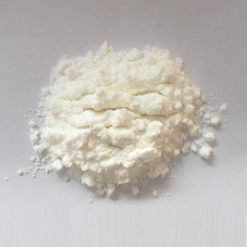
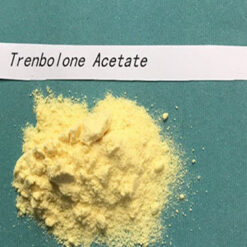

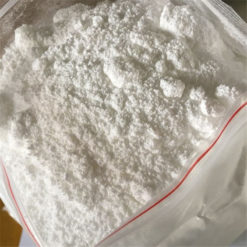

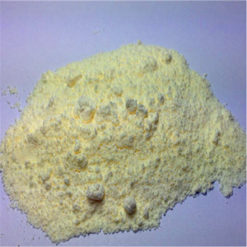
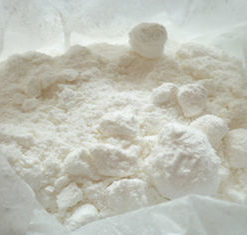


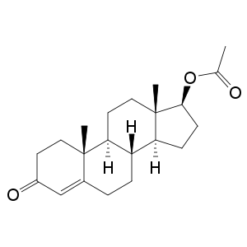

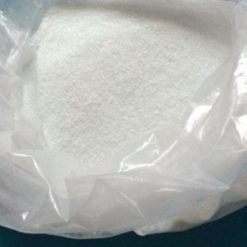
Be the first to review “Boldenone Propionate”